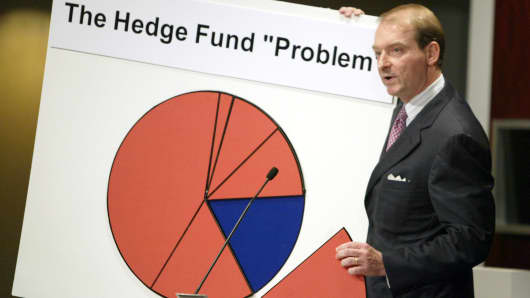Most stocks end up losing you money. So what’s a stock-market investor to do?
May 21, 2023
By Brett Arends
If you’re going to try to retire early and rich by picking the right stocks, there’s something you should know first: Most stocks end up losing you money.
Over the long term, a majority of stocks on the U.S. stock market have actually ended up as worse investments than keeping your money in low-risk 1-month Treasury bills. (Or savings accounts, or certificates of deposit.)
It’s easy to look at the fabulous wealth created by those who picked the big winners. We ignore at our peril all the losers.
Going all the way back to 1926, it turns out that a stunning 59% — roughly three out of five — of all the stocks ever quoted on the U.S. stock market have made their investors poorer. Yes, the stock market overall has gone up phenomenally since then. But all of the gains have come from those other 40%, or two out of five. And even among those “winners” most of the gains have come from a very few.
So reports Hendrik Bessembinder, a professor at Arizona State University’s W.P. Carey School of Business, in another of his landmark studies into stockholders’ returns.
He’s crunched the numbers on 28,114 stocks ever traded on U.S. markets and tracked by the authoritative Center for Research in Security Prices, an affiliate of the University of Chicago.
Total wealth for stockholders over the entire period sums to $55 trillion, he calculates. But the winners, fewer than 12,000, accounted for … er … $64 trillion of that.
The other 16,000 stocks lost you $9 trillion, that means.
When you look closer at the numbers, it gets even crazier. Out of those 12,000 or so stocks that made you any money at all, nearly half — about 45% — of all the money created came from just 50 stocks.
Put another way, this means that the majority of stocks lost you money, and most of the rest made you bupkis. Just 0.17% of all stocks, or one in 562, accounted for about half of all the wealth ever created on the U.S. stock market.
How do you like those odds?
Naturally this has been distorted by inflation, which ignores the devaluation of the dollar over that period.
Nonetheless, from Bessembinder’s data, 5% of all the wealth created on the U.S. stock market was created by one company: Apple AAPL. And 20% of all the wealth was created by 10 companies: Apple, Microsoft MSFT, Exxon Mobil XOM, Google parent Alphabet GOOG GOOGL, Amazon AMZN, Berkshire Hathaway BRK BRK, Johnson & Johnson JNJ, Walmart, WMT Chevron CVX and Procter & Gamble PG.
It’s something to bear in mind — especially now that investors are getting thrilled about artificial intelligence and are trying to pick the likely winners from this next technological advance.
It reminds me of Warren Buffett’s comment that the only way for most investors to win from the invention of the automobile was to bet against the companies — like buggy-whip manufacturers — whose industries would be put out of business. Picking the winning car companies in advance was almost impossible: In the early days there were hundreds. Almost all of them went bust.
I remember a wise investor telling me something similar during the dot-com mania of 1999-2000. Even if the dot-com revolution really did end up transforming the world, he said, there was no way to know in advance who would be the big winners. And, he added, many of the likely winners probably weren’t even on the market.
How right he was. Of the top tech stocks back then, only Amazon and Microsoft have ended up big winners. In 1999 nobody was talking about Apple as the likely winner. Alphabet, né Google, wasn’t a public company and Meta, né Facebook, didn’t even exist.
Meanwhile, Bessembinder’s list of the companies that have destroyed the most stockholder value is littered with the big tech hopes of yesterday (or, actually, today). WorldCom is the all-time champ, alone leaving stockholders $100 billion poorer. Lucent, Palm and Sycamore Networks are also near the top of the list.
So, too, are a lot of newer hot names, although it is surely far too early to draw firm conclusions about the ultimate fortunes of Uber UBER, DoorDash DASH and Airbnb ABNB, among others. (We should note that Bessembinder tracked the data through the end of last year, and many of these stocks have rallied in 2023.)
The latest research is yet another strong argument in favor of investing in broadly diversified, low-cost mutual funds. Actually, as we don’t know who will create the most wealth out of the stocks on the market today, it’s really a strong argument in favor of a fund that invests them equally, such as the iShares MSCI U.S.A. Equal Weighted ETF EUSA.
Meanwhile, if you are going to try to pick stocks, remember the odds are stacked against you.
https://www.marketwatch.com/story/most-stocks-end-up-losing-you-money-whats-an-investor-to-do-996e8326?link=sfmw_fb

